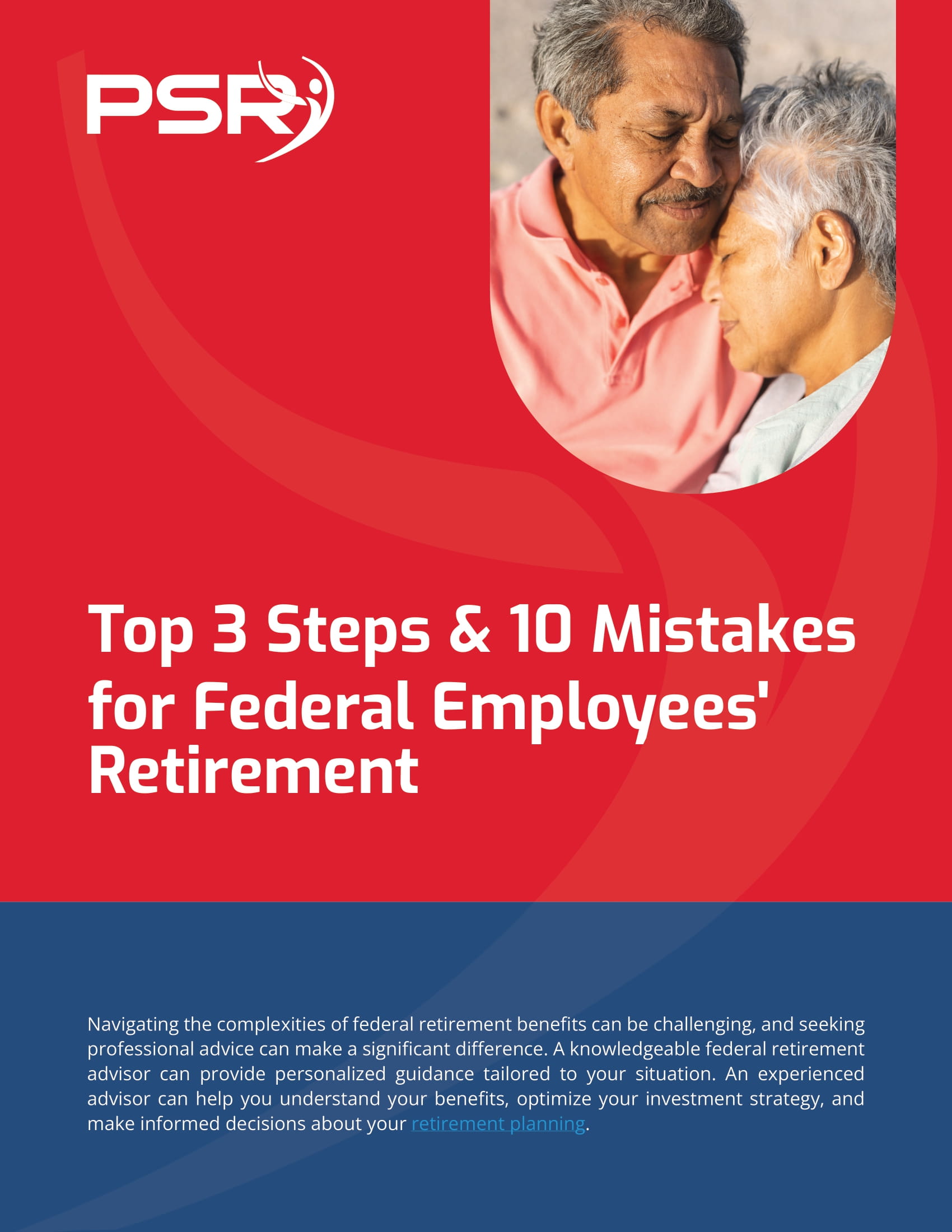Key Takeaways:
-
FEDVIP offers valuable dental and vision coverage that fills in the gaps often left by traditional federal health benefits, particularly as you approach retirement.
-
With the rise in healthcare costs, taking advantage of FEDVIP can save you money on essential dental and vision care that becomes even more important as we age.
Understanding Your Dental and Vision Benefits as a Federal Employee
- Also Read: FAA, Law Enforcement, and Special Federal Employee Categories—Here’s What Makes Their Retirement Unique
- Also Read: Blending Private and Public Sector Retirement Plans Is Complicated—Here’s Where Couples Get It Wrong
- Also Read: The Silent Shift in Postal Service Retirement Benefits That Could Change Everything by 2026
If you’ve been part of the federal workforce, FEDVIP is something you’ve likely heard about, but if you’re like most, you might be wondering how it fits into your retirement plans. Let me break it down for you.
Why Dental and Vision Care Matter in Retirement
Let’s face it: dental and vision care aren’t just for cosmetic purposes or getting new glasses every year. As we age, the need for regular dental care becomes more critical. Routine cleanings, periodontal care, and preventive treatments can prevent expensive dental problems down the road. Plus, many of us experience changes in vision as we grow older, whether it’s cataracts, glaucoma, or just the need for stronger prescriptions. Having reliable coverage for both dental and vision care is crucial for maintaining a good quality of life in retirement.
Federal Employee Health Benefits (FEHB) programs often don’t cover routine dental and vision services, so you’ll need a dedicated plan if you want that kind of coverage. That’s where FEDVIP comes into the picture.
What is FEDVIP?
FEDVIP (Federal Employees Dental and Vision Insurance Program) is specifically designed to provide dental and vision coverage for federal employees, retirees, and their eligible family members. It’s an optional program, meaning you aren’t automatically enrolled, but trust me, it’s worth considering. The program gives you access to comprehensive benefits that can save you money on services like cleanings, fillings, crowns, eye exams, contact lenses, and glasses.
FEDVIP operates as a stand-alone plan, so you’ll need to enroll separately from your standard FEHB benefits. This program offers multiple carriers and plan options to fit different needs and budgets, and the premiums are generally affordable, especially compared to what you might pay for similar coverage on the private market.
How Does FEDVIP Work for Retirees?
The beauty of FEDVIP is that it stays with you into retirement, so you don’t lose access to dental and vision coverage when you hang up your federal badge. This continuity is especially important because healthcare costs, including dental and vision, tend to rise as we age.
Enrollment is typically handled during the Open Season period, which usually runs from early November to mid-December each year. If you’re retiring soon, don’t worry—you can also enroll within 60 days of your retirement date. Once you’re in, your benefits roll over from year to year, with the option to adjust or change your plan during each Open Season.
When Can You Enroll in FEDVIP?
Enrollment for FEDVIP is similar to your typical healthcare Open Season, but here’s the thing: if you’re close to retirement or already retired, this period is the perfect opportunity to reassess your coverage. Every year from November 11 to December 9, you can choose to enroll in or switch your FEDVIP plan. If you miss this window, you can still sign up within 60 days of a qualifying life event, like retirement, but you’ll want to make sure you’ve got it on your radar.
Once you enroll, the coverage begins on January 1st of the following year. That means if you sign up in December 2024, you’ll be ready to start using your benefits right at the beginning of 2025.
How Much Does FEDVIP Typically Cost?
I’m not going to get into the nitty-gritty of specific plan prices because those vary, but generally speaking, the costs associated with FEDVIP are reasonable, especially compared to the high cost of paying out-of-pocket for dental and vision care. The premium amounts depend on the plan you choose and your location, but the great news is that you can use pre-tax dollars to pay your premiums while you’re still working.
In retirement, you’ll continue to pay your premiums out of pocket, but the coverage can be a real lifesaver when unexpected dental or vision expenses pop up. Most plans also include annual allowances for eyewear and comprehensive dental coverage, from preventive care to more serious procedures like root canals or crowns.
Dental and Vision Coverage Gaps You Won’t Want to Ignore
Let’s talk about the gaps in coverage that many federal employees overlook. FEHB is fantastic for general medical coverage, but it falls short when it comes to dental and vision. In fact, unless you’re dealing with an injury or illness that specifically impacts your eyes or teeth, you’ll be on the hook for routine cleanings, eye exams, and corrective lenses if you don’t have a separate plan like FEDVIP.
This lack of coverage can quickly add up, particularly for retirees who need more frequent visits to the dentist or eye doctor. Regular eye exams can help catch conditions like cataracts or macular degeneration early, and dental exams are crucial for preventing serious issues like gum disease, which can even affect your overall health.
Staying on Top of Your Health with FEDVIP
When you’ve been working your entire career, health insurance is something you might have taken for granted. But in retirement, maintaining good health—especially in areas that aren’t fully covered by your main insurance—is paramount. FEDVIP ensures that you’re not missing out on essential care for your teeth and eyes, and with the rising costs of medical care, having this additional coverage in place can be a huge financial relief.
If you’re someone who’s accustomed to skipping those biannual dental cleanings or putting off your annual eye exam, FEDVIP gives you a good reason to stay on top of those appointments without worrying about the cost. Plus, with the wide variety of plans available, you can find something that fits your budget while still providing the coverage you need.
Make Sure You Don’t Miss Your Enrollment Period
One of the most important things to remember about FEDVIP is the enrollment timing. Whether you’re approaching retirement or already retired, missing your enrollment window could mean going an entire year without dental or vision coverage. And let’s be honest—no one wants to face a hefty dental bill just because they didn’t sign up in time.
Make sure you’re aware of Open Season each year, and mark your calendar for November 11 – December 9, 2024. If you’re planning to retire, keep that 60-day post-retirement window in mind, and don’t hesitate to get your enrollment squared away.
Protect Your Future Health with FEDVIP
As you prepare for or enter retirement, maintaining your health should be one of your top priorities. While your FEHB plan does a great job of covering your general medical needs, FEDVIP steps in to fill the gaps for dental and vision care—two areas that become more critical as you age. Don’t let these essential benefits slip through the cracks. Take the time to explore your FEDVIP options and enroll during the next Open Season to ensure you’ve got all your healthcare bases covered.













